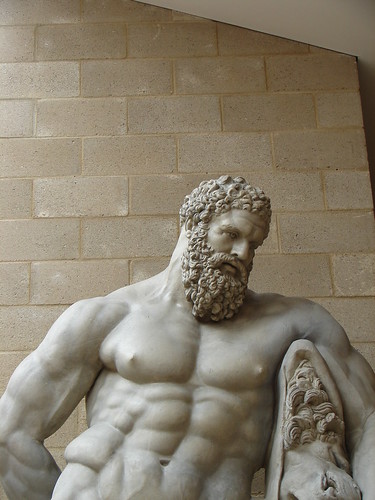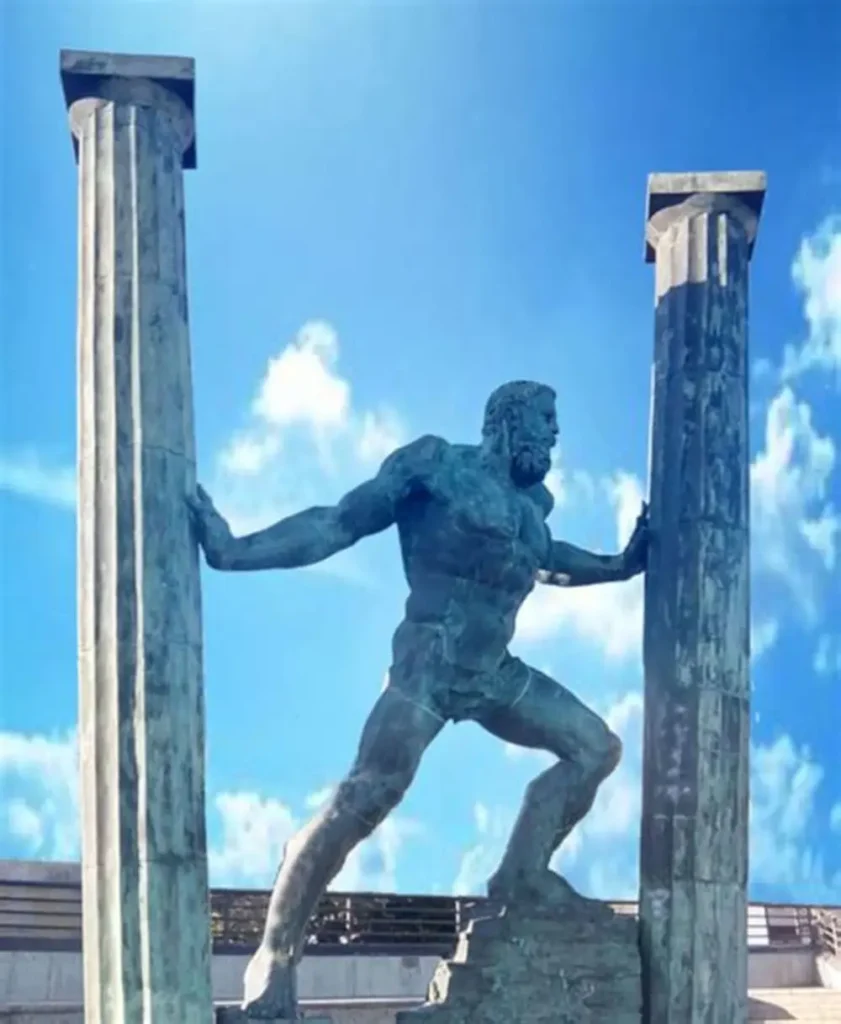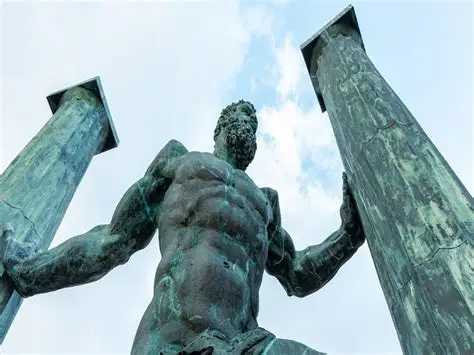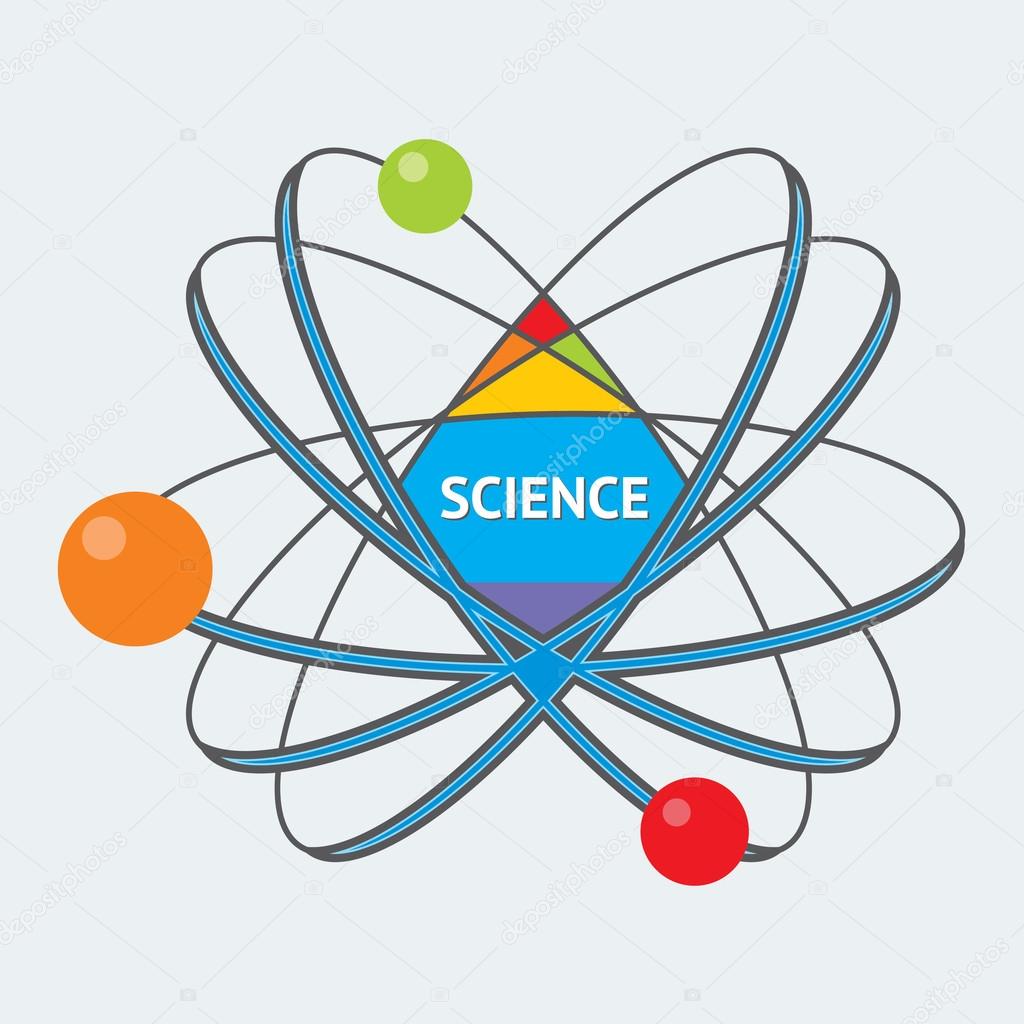Hercules, known as Heracles in Greek mythology and later adapted as Hercules in Roman tradition, stands as one of the most iconic heroes of the ancient world. Celebrated for his unmatched strength, courage, and resilience, he embodies both the triumphs and struggles of humanity. His story blends heroism with tragedy, making him a timeless symbol of perseverance against overwhelming odds.
Origins and Birth

Hercules was the son of Zeus, the king of the gods, and Alcmene, a mortal woman of noble lineage. His divine parentage bestowed upon him extraordinary strength, but it also brought him into conflict with Hera, Zeus’s wife, who despised him as a reminder of Zeus’s infidelity. From infancy, Hera sought to destroy him—sending serpents to kill him in his cradle. The infant Hercules, however, strangled the snakes with his bare hands, revealing his godlike power even as a child.
The Tragedy and the Twelve Labors

Although a hero, Hercules’s life was marked by suffering. Hera’s hatred drove him into a fit of madness, during which he tragically killed his own wife, Megara, and their children. In penance, he sought purification from the Oracle of Delphi, who commanded him to serve King Eurystheus of Mycenae and complete a series of nearly impossible tasks—known as the Twelve Labors of Hercules.
The Twelve Labors became the defining episodes of his legend:
- Slay the Nemean Lion and bring back its impenetrable hide.
- Kill the Lernaean Hydra, a serpent with many heads that regenerated when cut.
- Capture the Ceryneian Hind, a sacred deer of Artemis.
- Capture the Erymanthian Boar.
- Clean the Augean Stables in a single day.
- Slay the Stymphalian Birds, man-eating creatures with bronze beaks.
- Capture the Cretan Bull.
- Steal the Mares of Diomedes, flesh-eating horses.
- Obtain the Girdle of Hippolyta, queen of the Amazons.
- Capture the Cattle of Geryon, a three-bodied giant.
- Retrieve the Golden Apples of the Hesperides.
- Capture and bring back Cerberus, the three-headed guardian of the underworld.
Each labor symbolized Hercules’s ability to overcome insurmountable challenges, using not only strength but also cunning, resilience, and divine aid.
Beyond the Labors
While the Twelve Labors are the most famous, Hercules’s adventures extended far beyond them. He fought in battles, aided the gods, and even sailed with Jason and the Argonauts in the quest for the Golden Fleece. Despite his heroism, his life remained shadowed by hardship, betrayal, and Hera’s relentless persecution.
Death and Apotheosis
Hercules’s life ended in tragedy, but also in transcendence. After being poisoned by his wife Deianira—who was tricked into believing she was giving him a love charm—he endured unbearable pain. Choosing to end his mortal suffering, he built his own funeral pyre and ascended in flames. Yet, unlike ordinary mortals, Hercules was granted immortality. Zeus welcomed him to Olympus, where he was reconciled with Hera and married the goddess Hebe, becoming a full-fledged god of strength and protection.
Symbolism and Legacy

Hercules represents more than brute strength; he is a symbol of human endurance, resilience, and the struggle to rise above suffering. His labors echo the challenges faced in life—obstacles that require courage, intelligence, and perseverance to overcome.
Throughout history, Hercules has inspired countless works of art, literature, and philosophy. In modern times, he continues to be celebrated in films, books, and popular culture as the archetypal hero who conquers adversity through sheer willpower and determination.
Conclusion:
Hercules’s story is a mixture of triumph and tragedy, humanity and divinity. His myth reminds us that even the greatest heroes are not free from suffering, but true greatness lies in enduring trials and transforming them into lasting legacies.


